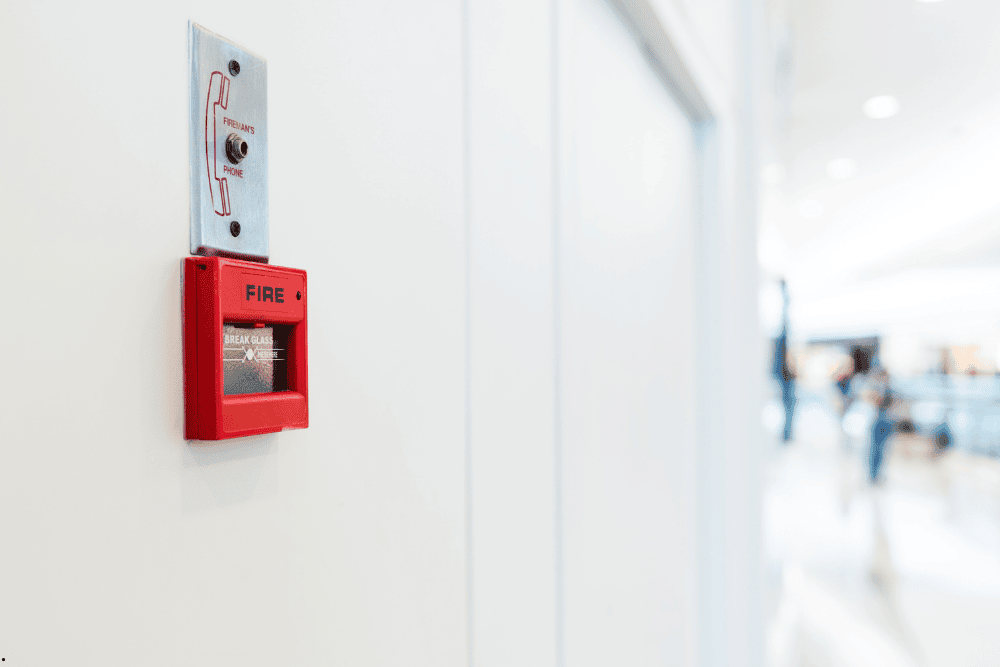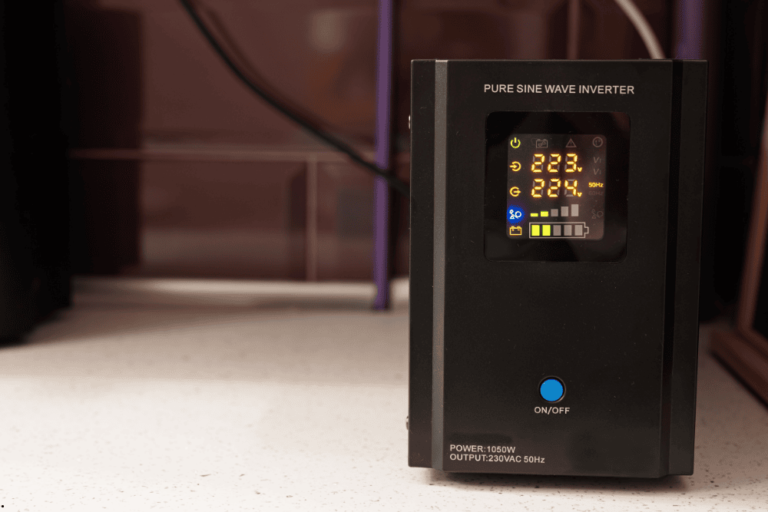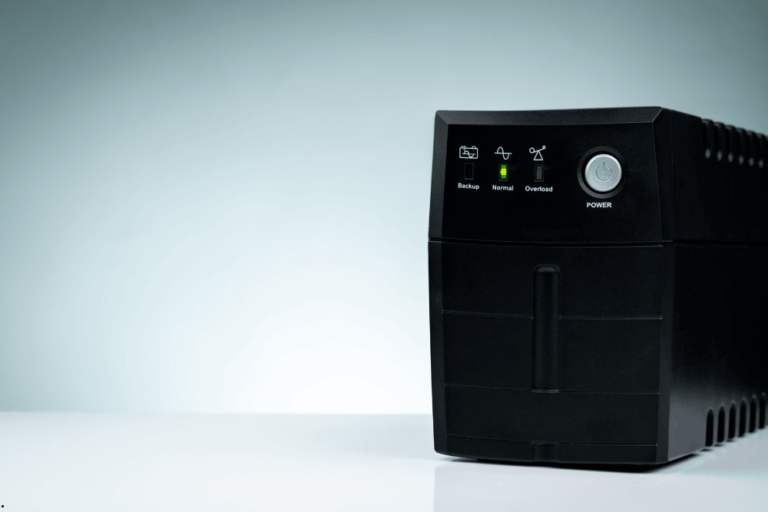

Latest Technologies in Fire Alarm and Fire Fighting Systems in Modern Buildings
Fire alarm and fire fighting systems stand as fundamental pillars of safety and risk management in modern building design and operation. As construction technologies evolve and buildings become larger and more complex, the demand for sophisticated fire protection solutions has intensified. Early detection and efficient firefighting capabilities are now indispensable for minimizing the catastrophic consequences of fires—both in terms of human life and property.
In recent years, cutting-edge technologies have revolutionized how fire detection and suppression are performed, offering enhanced accuracy, rapid response, and seamless integration with smart building management systems. This article explores the newest advancements in fire alarm and fire fighting technologies, highlighting their components, functionalities, and benefits in fostering safer, smarter, and more resilient built environments.
Introduction: The Critical Role of Fire Alarm and Fire Fighting Systems
Fire poses an existential threat to any built environment, with the potential to cause irreparable damage to life, infrastructure, and economic assets. Modern buildings—whether residential towers, commercial complexes, or industrial facilities—require integrated fire safety systems designed to:
Detect fire incidents at the earliest possible stage through advanced sensors.
Immediately alert occupants and emergency responders via clear, unmistakable signals.
Activate automatic suppression systems that contain or extinguish fires to limit damage and prevent escalation.
The evolution of fire safety technologies aims to drastically reduce emergency response times and enhance the effectiveness of firefighting measures, thereby increasing survival rates and protecting valuable assets.
Core Components of Contemporary Fire Alarm and Fire Fighting Systems
Modern fire safety solutions consist of interdependent components that function cohesively to deliver comprehensive protection:
Smoke and Heat Detectors
Functionality: Utilize optical, ionization, or thermal sensors to identify smoke particles or abnormal temperature elevations.
Advancements: Newer models incorporate multi-sensor technology combining smoke, heat, and even carbon monoxide detection to minimize false alarms and increase detection accuracy.
Water-Based Sprinkler Systems
Operation: Automatically discharge water over affected areas upon fire detection to suppress flames.
Innovations: Smart sprinklers equipped with precise activation technology restrict water flow to actual fire zones, reducing collateral water damage.
Audible and Visual Alert Systems
Purpose: Sound alarms and flash strobe lights prompt swift evacuation.
Integration: Modern alarms can be synchronized across large buildings, ensuring uniform notification and incorporating voice evacuation instructions.
Centralized Control Panels
Role: Serve as the command center, managing all detection and suppression devices.
Features: Offer real-time monitoring, diagnostics, and remote control capabilities accessible via networked interfaces or mobile apps.
Gas-Based Fire Suppression Systems
Mechanism: Deploy inert or chemical gases (e.g., CO2, FM200) to extinguish fires without harming sensitive electronics or equipment.
Applications: Ideal for data centers, museums, and industrial sites where water damage is unacceptable.
Cutting-Edge Technologies Shaping Fire Alarm and Fire Fighting Systems
AI-Driven Early Fire Detection
Artificial intelligence enhances fire detection by analyzing data from various sensors and camera feeds to identify early signs of fire before visible smoke or flames emerge. Thermal imaging cameras combined with AI algorithms detect abnormal heat patterns or rapid temperature changes, allowing for proactive intervention.
Cloud-Based Fire Alarm Management
Cloud-connected fire alarm systems enable continuous remote monitoring and management. Facility managers receive instantaneous alerts on smartphones or tablets, facilitating faster decision-making and coordination with emergency services, even when offsite.
Smart Evacuation Guidance Systems
Smart evacuation technologies dynamically direct building occupants to the safest exits using interactive maps and adaptive signage. These systems can adjust evacuation routes in real-time based on fire location, smoke spread, and blocked pathways, significantly improving evacuation safety and efficiency.
Advanced Gas Leak Detection
Beyond fire detection, sophisticated sensors monitor for leaks of flammable or toxic gases. Early gas leak detection mitigates risks of explosions or hazardous exposures by enabling swift containment measures.
Intelligent Sprinkler Controls
Incorporating precision sensors and IoT connectivity, smart sprinklers activate solely in fire-affected zones, minimizing unnecessary water discharge and property damage. These systems also provide real-time status updates for maintenance and operational assurance.
Benefits of Adopting Advanced Fire Alarm and Fire Fighting Systems
Significantly Enhanced Safety
Early and accurate detection maximizes fire containment chances, reduces occupant exposure to harm, and enables rapid evacuation.
Substantial Reduction in Property Damage
Fast activation of suppression systems limits fire spread and associated structural and equipment losses.
Regulatory Compliance and Legal Assurance
Modern fire safety solutions help buildings meet rigorous safety codes and standards such as NFPA (National Fire Protection Association) and ISO (International Organization for Standardization), avoiding fines and enhancing legal compliance.
Cost Savings through Insurance Incentives
Robust fire protection systems often qualify for insurance premium reductions, reflecting lowered risk profiles.
Operational Efficiency and Peace of Mind
Integrated and intelligent systems reduce false alarms and streamline maintenance, providing facility managers with clear insights and control.
Selecting the Optimal Fire Alarm and Fire Fighting System for Your Building
Assess Building Scale and Complexity: Larger and more complex structures require multi-zone, interconnected systems for full coverage.
Evaluate Occupant and Operational Needs: High-risk environments such as industrial plants may demand gas-based suppression, while offices and residences typically rely on sprinklers.
Ensure Compliance with Local and International Standards: Verify that systems meet fire safety regulations and certifications pertinent to your location and building type.
Plan for Scalability and Integration: Choose systems compatible with existing building management solutions and capable of future upgrades.
Conclusion
The rapid advancement of fire alarm and fire fighting technologies offers unprecedented capabilities to safeguard modern buildings. By integrating AI, cloud connectivity, smart evacuation, and precision suppression methods, buildings today can achieve exceptional levels of safety and resilience. Investing in these advanced systems is a critical step toward protecting human life, preserving property, and ensuring continuity in an increasingly complex built environment.


